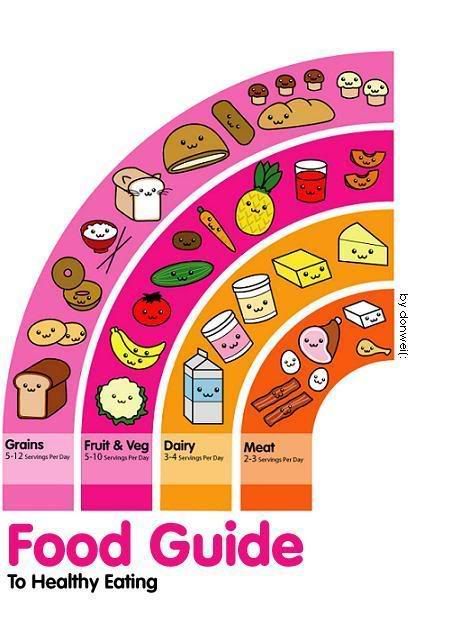

Disadvantages:
- GM food may not be accepted by all people compared to natural crops.
-Human health risks: allergic and unknown effects. May cause cancer or other illness.
- Environmental hazards: GM crops that are planted beside natural crops may cause genes to cross over to natural crops.
- Economic concerns: costly and lengthy process
- May cause toxic to soil.
- Alter nutrients compositions
- May increase allergens and toxins in food
Genetic engineered food can be used to improve yield. Genetic engineering is the transfer of DNA from organisms of one species into organisms of a different species.
source taken from:
- Church of Scotlands. (2001).Genetically Modified Foods: Pro and Cons.Retrieved on 8 June 2008 from: http://www.srtp.org.uk/gmfood1.htm
- Proquest. (2008). Genetically Modified Foods: Harmful or Helpful? Retrieved on 3 June 2008 from: http://www.csa.com/discoveryguides/gmfood/overview.php
Bacillus Thuringiensis
- We had chosen corn as the raw materials to produce flour and starch.
- DNA gene of the bacteria Bacillus thuringiensis(Bt) is used to transfer into corn.
- Bt can make the crops produce a toxin in all its tissues
- crystal proteins are produced by it are toxin to some insects
- able to kill the insects that feed on corn.
- bacterium that could be found commonly in soil.
- gives a greater yield of 6 to 8 percent compared to the natural crops.
- Some disadvantage :
the present of the pollen produce form the genetic engineered corn will also harm other insects such as butterflies which is not the intended purposes and soil microorganism may also be damaged.- GM plants with Bt have been genetically modified to contain one or more of the genes from Bt that produce these crystal proteins
- The modified plants produce one or more types of Bt crystal protein (in their leaves, stems, roots and other plant tissue), and susceptible insects that eat the plant are poisoned.
- Most of the crystal proteins produced by Bt are toxic to particular groups of insects (either butterflies and moths, beetles or flies). The proteins are not toxic to any other insects or living organisms, and are harmless to humans.
source taken from:
Nina E.Redman. Food Safety. (2007) ABC-CLIO Inc. Second edition.